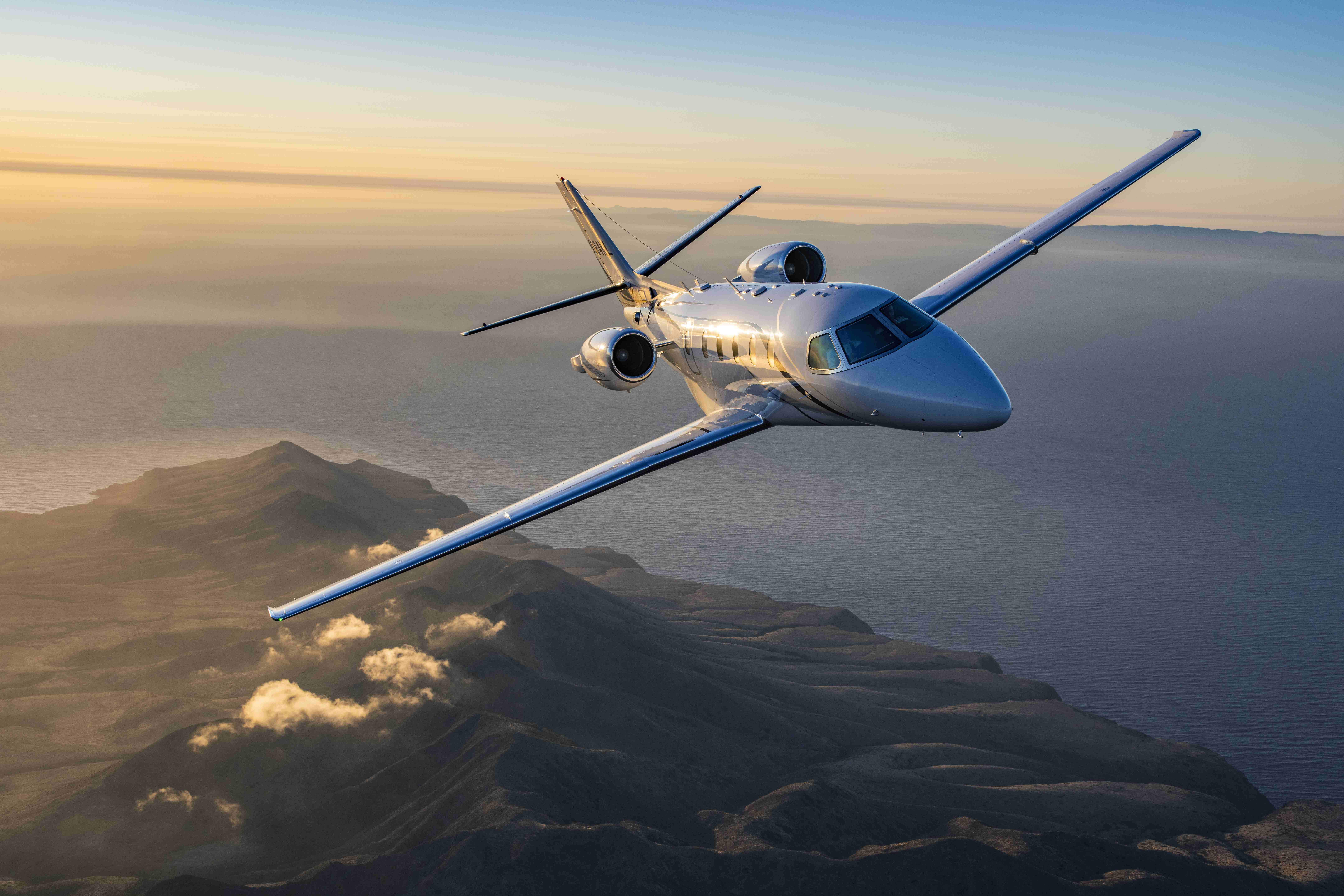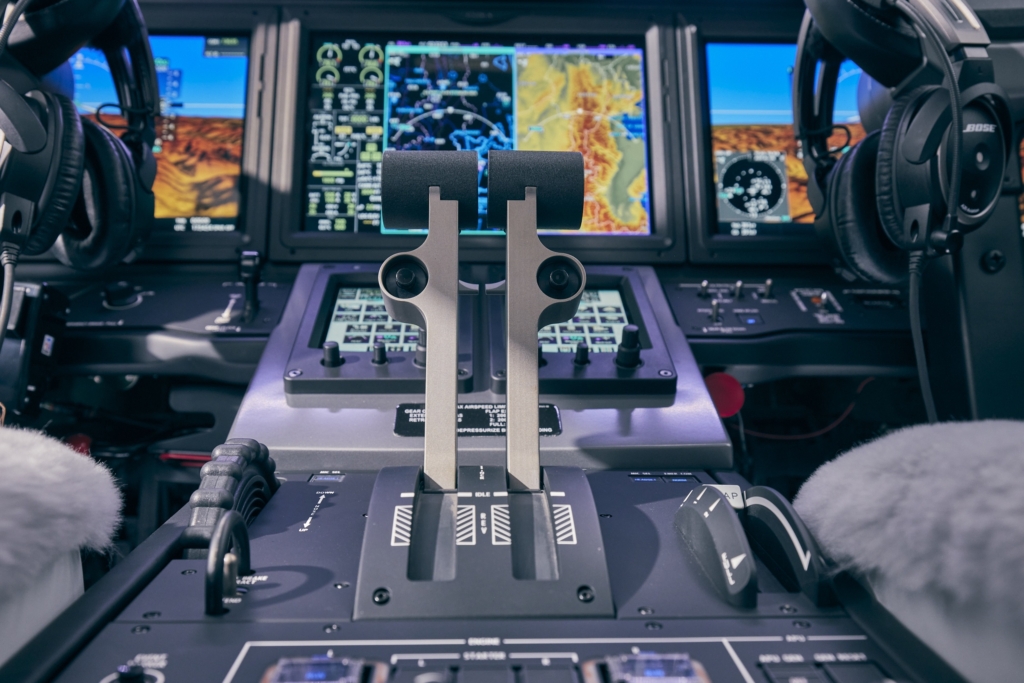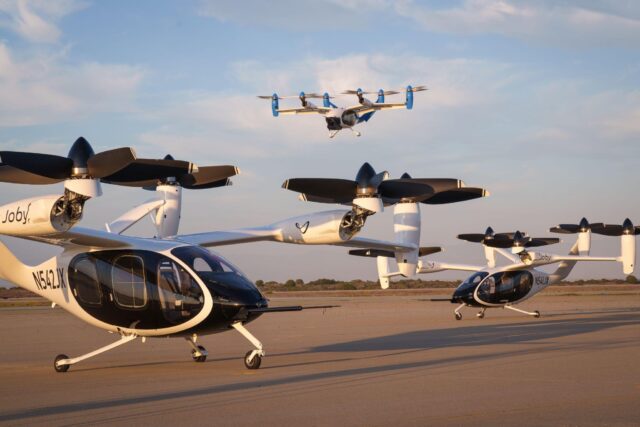Textron Aviation secures FAA certification for new Cessna Citation Ascend

November 7, 2025

Textron Aviation’s Cessna Citation Ascend has officially been certified by the US Federal Aviation Administration (FAA), marking the latest evolution of one of the world’s most successful midsize business jet families. The announcement came on 6 November 2025, following FAA approval the previous day.
Entry into service is expected before the end of 2025, with customer deliveries already in preparation.
Chris Hearne, Textron’s Senior Vice President of Engineering and Programmes, called the milestone a reflection of both customer input and in-house innovation.
“The Citation Ascend’s successful flight test programme reflects our teams’ expertise in obtaining FAA certification,” he said. “We sought our customers’ feedback, and the result is a business jet that offers the latest innovations in performance, productivity and efficiency.”
Two prototype aircraft completed over 1,000 flight hours during certification, validating the new engines, cockpit, and interior systems designed for the next generation of Citation operators.
What’s new about the Cessna Citation Ascend
The Ascend represents a comprehensive upgrade to the Citation 560XL platform, combining proven reliability with a suite of advanced features designed for the modern operator.
The aircraft is powered by twin Pratt & Whitney Canada PW545D engines, delivering a top cruise speed of 441 knots and a range of approximately 1,940 nautical miles. Despite its increased performance, it maintains a full-fuel payload of around 900lbs, supporting both comfort and capability.
The flight deck features the Garmin G5000 avionics suite, complete with three 14-inch displays, autothrottle, synthetic vision, and advanced weather awareness tools. It also offers dual flight management systems and CPDLC capability for oceanic operations, allowing more direct routings between North America and Europe.

Inside, Textron has given the Ascend a noticeably more refined feel. The cabin features a flat floor, 15% larger windows, improved insulation for quieter operation, and wireless cabin controls for lighting, temperature and shades.
Passengers also gain 19 USB ports, three universal outlets, wireless charging, and optional Bongiovi immersive audio. Connectivity comes as standard with Gogo Avance L3 Max, with upgrades available for L5 or global Galileo HDX systems.

A new Honeywell RE100[XL] APU allows the cabin to be heated or cooled on the ground without running the main engines, improving comfort and efficiency. Maintenance intervals have also been extended, with the PW545D offering time-between-overhaul periods of around 6,000 hours.
Among early customers, NetJets has confirmed its intent to add the Ascend to its growing fractional fleet, continuing a long partnership with Textron that spans multiple Citation models.
Upgrading the Citation 560XL for a modern world
The Ascend is more than just a refreshed interior for parent company Textron. It’s a strategic evolution of a platform that has defined midsize business aviation for nearly 25 years.
The Citation Excel/XLS/XLS+ family has seen more than 1,000 deliveries since 2000, making it one of the most successful midsize jets ever built. These aircraft earned their reputation on reliability, balanced performance and relatively low operating costs, but were beginning to show their age against newer rivals offering digital cockpits, quieter cabins and modern connectivity.
| Category | Citation 560XL (XLS Gen2) | Citation Ascend |
|---|---|---|
| Certification / EIS | In production, latest Gen2 variant delivered from 2022 | FAA certified 5 Nov 2025, EIS targeted late 2025 new |
| Engines | 2 × Pratt & Whitney Canada PW545C | 2 × Pratt & Whitney Canada PW545D updated |
| Max cruise speed | ~441 ktas | ~441 ktas |
| Range (NBAA, 4 pax) | Up to ~2,100 nm (mission dependent) | ~1,900–1,940 nm (mission dependent) |
| Full-fuel payload | ~800 lb | ~900 lb +payload |
| Avionics | Collins Pro Line 21 (factory); many retrofits exist | Garmin G5000 with 3 × 14" displays, autothrottle, SVT |
| Autothrottle | Not factory standard | Factory-installed autothrottle new |
| CPDLC / oceanic options | Available via options/retrofits | Available with dual satcom / CPDLC provisions |
| APU | Honeywell RE100 (standard on XLS/XLS+ / Gen2) | Honeywell RE100XL, unattended cabin conditioning enhanced |
| Cabin architecture | Dropped aisle, Gen2 cabin refresh | Flat-floor option, re-engineered interior flat floor |
| Windows | 560XL family standard | ~15% larger windows brighter |
| Connectivity | Gogo Avance L3 common; options vary by operator | Gogo Avance L3 Max standard; L5 / Galileo HDX optional |
| Cabin power & IFE | Charging and outlets vary by fit | 19 USB ports, wireless charging, optional Bongiovi audio |
| Noise / acoustics | Good cabin comfort for class | Upgraded acoustic treatment for quieter cabin |
| Maintenance notes | Established support network, proven intervals | Extended intervals and efficiency improvements on PW545D |
| Installed base / demand | >1,000 deliveries across 560XL family since 2000 | Targeted as next-gen replacement; NetJets among early customers |
By introducing a fully integrated Garmin G5000 flight deck with factory autothrottle, improved engines and a completely re-engineered interior, Textron is effectively bringing the 560XL into the connected aviation era. Performance gains are incremental rather than radical, but the focus is on reducing pilot workload, increasing comfort, and cutting downtime.
The question now is whether operators will replace or retrofit. Many XLS+ aircraft have been upgraded to the G5000 cockpit, but these retrofits can’t replicate the Ascend’s new flat-floor cabin, larger windows or acoustic improvements. For corporate, charter and fractional operators who value passenger experience and modern tech, a fleet refresh may prove more appealing than extending legacy airframes.

Given the scale of the installed 560XL fleet and NetJets’ early commitment, Textron is well-positioned for a strong renewal cycle as deliveries ramp up through 2026. The Ascend blends the dependability of a proven platform with the comfort, connectivity and capability expected in today’s business jets — positioning it squarely for the next decade of midsize jet operations.
















